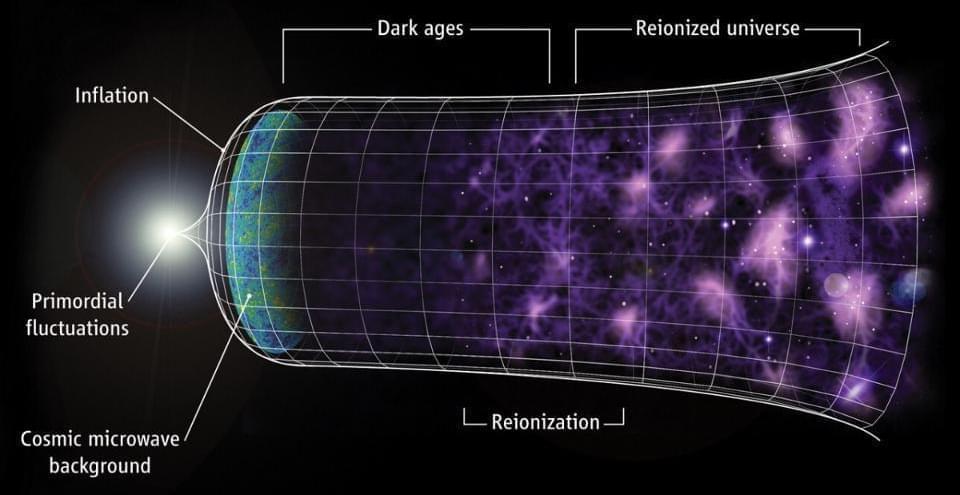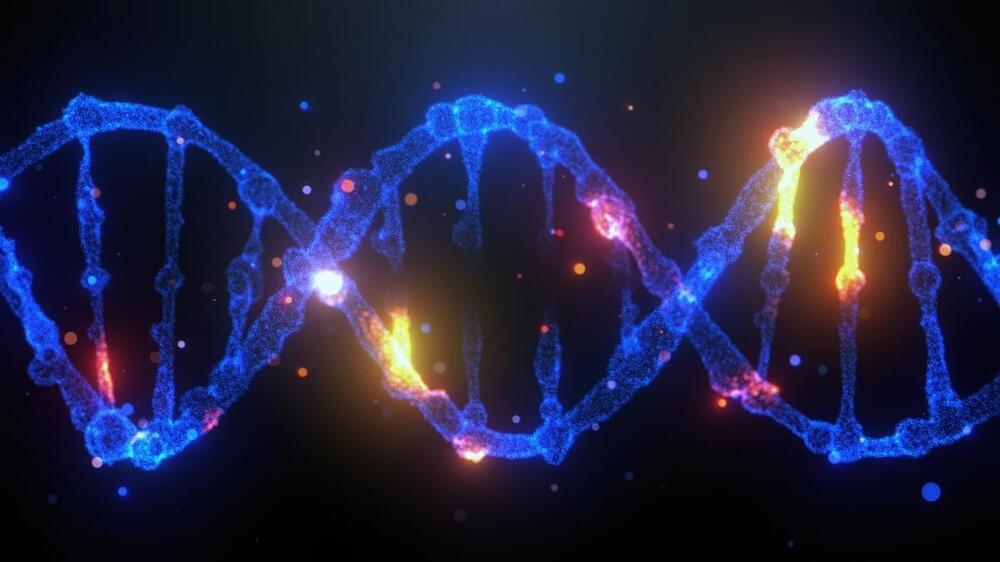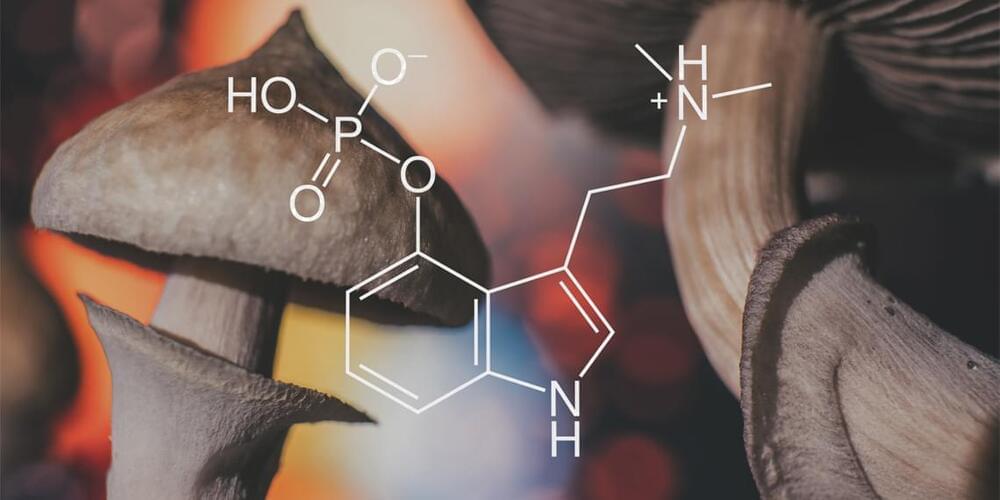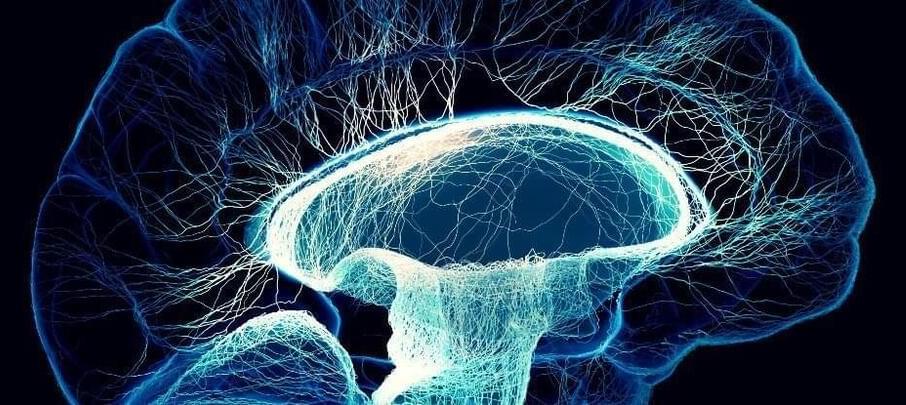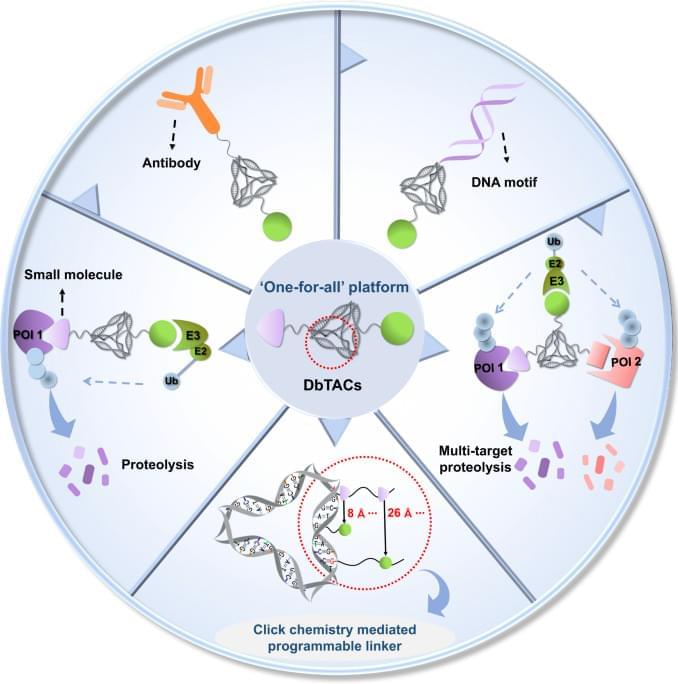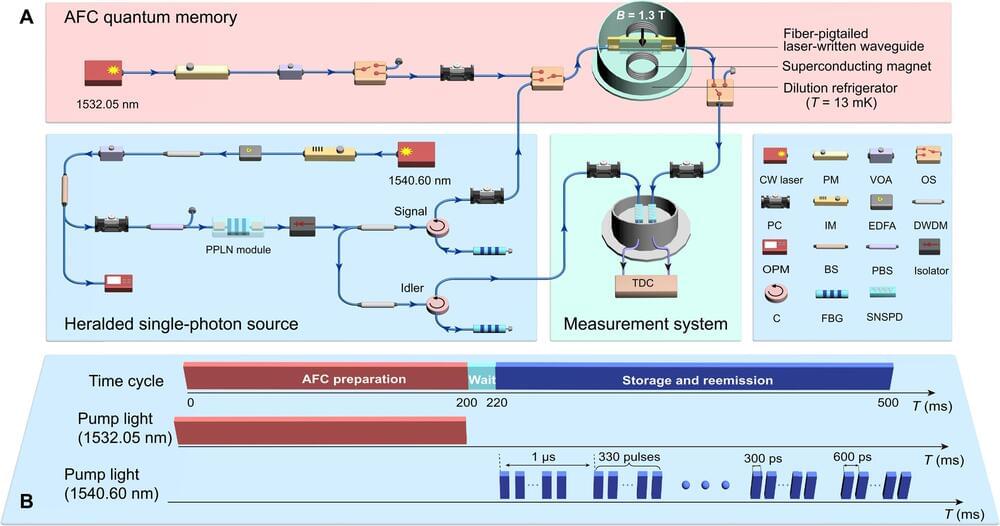However, this perspective warrants reevaluation. It is very flawed.
The seismic shift towards a post-work society does not signify an end to human productivity or purpose. Instead, it presents an opportunity to redefine ‘work’ and untangle our identities from traditional employment as we see it today.
Work has transformed over the centuries from being a matter of survival to becoming an economic imperative. The next evolutionary leap could reshape work as a channel for self-expression and fulfillment. The dawn of a post-work era could herald a liberation from simple tasks and a celebration of qualities that make us uniquely human: creativity, empathy, innovation, and complex social interaction.


